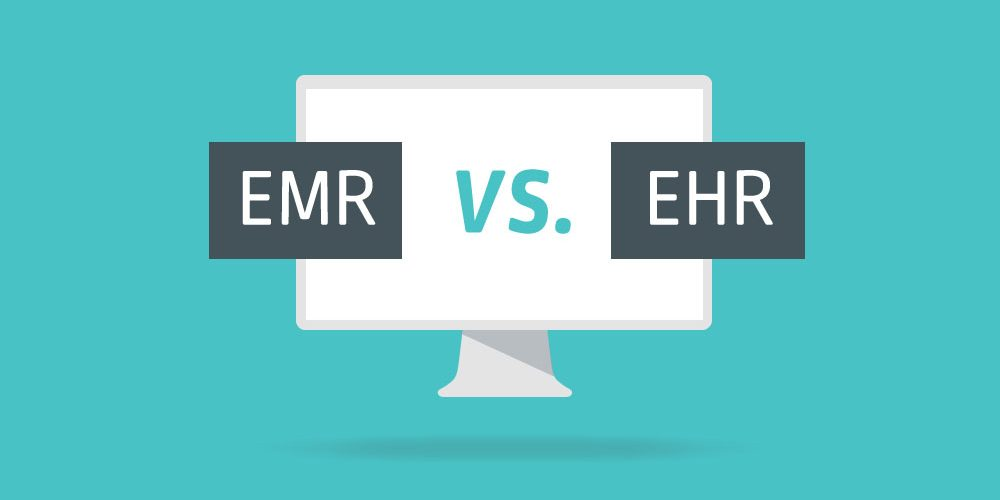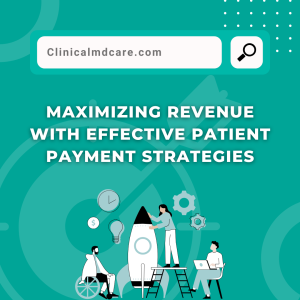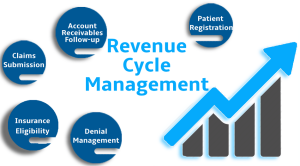The COVID-19 pandemic made digital technology more important in healthcare. Many hospitals in the US now use Electronic Health Records (EHR) and Electronic Medical Records (EMR) instead of paper files. This helps store patient information safely and share it quickly when needed.
While both store electronic patient records, their differences affect healthcare delivery—EHRs allow multiple facilities to connect and align data, while EMRs function within a single practice. This difference helps improve patient care, keeps data secure, and allows different software systems in hospitals and clinics to work together. Connecting Electronic Health Records (EHR) with medical billing systems has made the billing process easier by cutting down on manual data entry and improving the way bills are managed.
With billing software, healthcare providers can automate the claims process, speed up payment collection, and increase the chances of receiving payments on time. This shift enhances efficiency, ensures better accounting, and speeds up patient claim management. As hospitals continue adopting paperless solutions, EHR and EMR play a crucial role in optimizing healthcare and medical billing operations.
Key Advantages of EHR in Medical Billing
- Improved Accuracy in Data Entry
Electronic Health Records (EHRs) help prevent mistakes by storing patient information digitally. This reduces rejected claims and speeds up payments for healthcare providers. - Standardized Codes for Better Claim Processing
The use of CPT and ICD-10 codes helps record medical services correctly, making it easier to submit claims and increasing the chances of getting paid. - Quick Insurance Verification
Instant eligibility checks reduce wait times, enhancing billing transparency and patient satisfaction. - Automated Claim Processing
Electronic Health Records (EHRs) help healthcare providers create and send claims more easily, allowing them to get paid faster. - Optimized Revenue Cycle Management
Integrated tracking identifies bottlenecks, maximizes reimbursements, and improves financial stability. - Enhanced Billing & Payment Options
Secure online payment access improves patient convenience and revenue cycle efficiency.
What is an EMR?
An Electronic Medical Record (EMR) is a digital version of a patient’s medical chart used in one healthcare center. It keeps track of symptoms, diagnoses, medications, and treatment history. EMRs are useful for managing patient information within a facility, but they cannot easily share data with other healthcare providers, making it harder to use outside one practice.
EHR vs. EMR: Key Differences
| Feature | EMR | EHR |
| Scope | Tracks data within one practice | Integrates data from multiple providers |
| Accessibility | Restricted to one facility | Accessible across healthcare systems with consent |
| Focus | Clinical data within a practice | A complete health profile, including preventive care |
Why is EHR Better for Healthcare?
- Seamless Care Coordination – Providers collaborate efficiently, improving patient outcomes.
- Improved Communication – Patients access test results and interact with providers remotely.
- Reduced Errors – Consolidated records minimize data fragmentation risks.
- Personalized Treatment – A full health profile enables tailored care plans.
- Better Clinical Decisions – Comprehensive data supports accurate diagnoses and treatments.
Future Trends in EHR & Medical Billing
- Interoperability – Enhanced data sharing across healthcare systems.
- AI & NLP – Smarter data analysis for decision support.
- Telehealth Integration – Secure, remote patient care expansion.
- Blockchain Technology – Improved data security and integrity.
- Wearable Devices – Continuous health monitoring for real-time data tracking.
Conclusion
While EMRs are beneficial for single practices, EHRs provide a broader, collaborative approach, making them essential for modern medical billing and healthcare management. Their integration streamlines operations, improves patient care, and enhances financial outcomes for providers.












